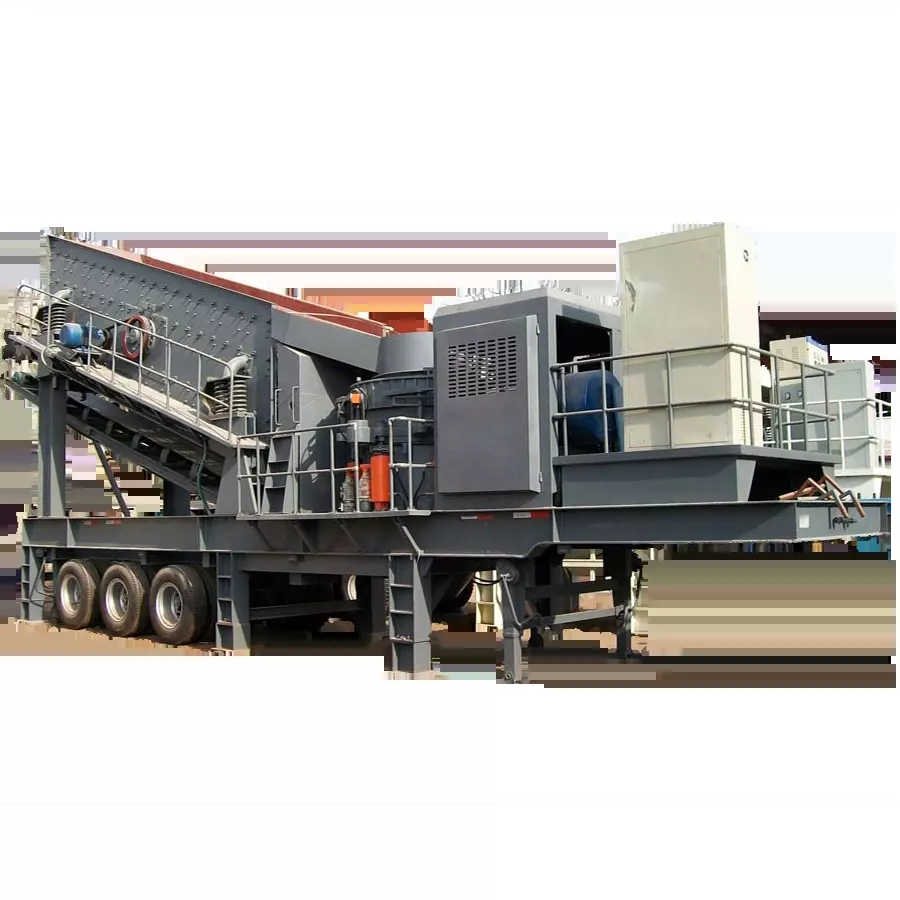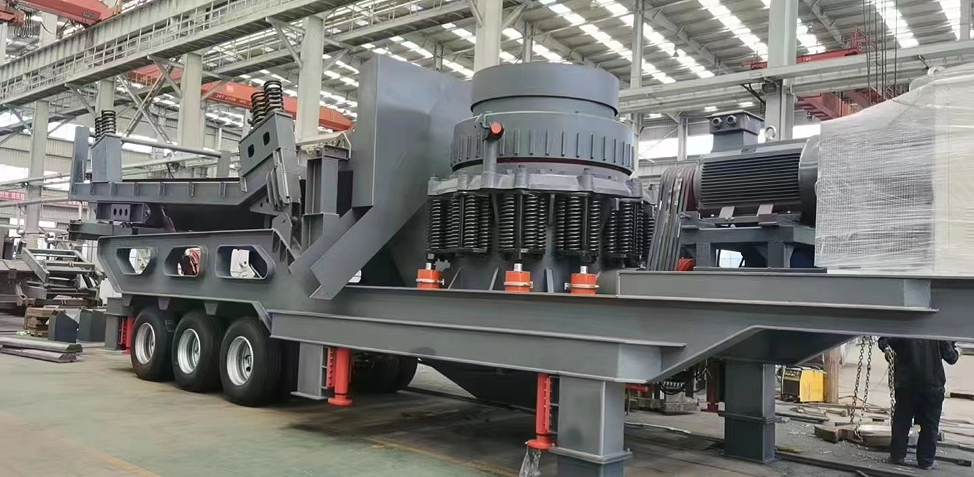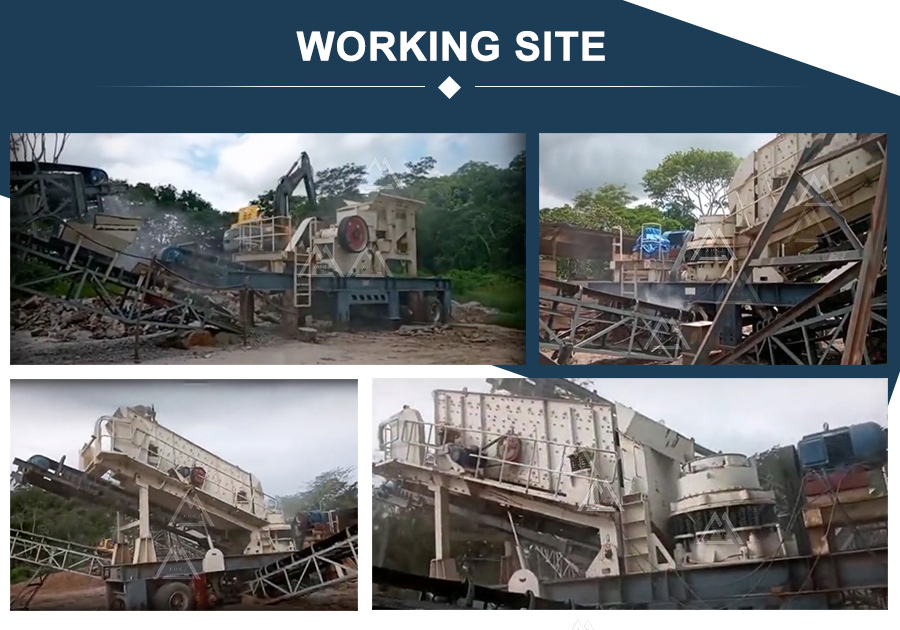
Discover the versatility and performance of mobile cone crushers . Learn about the advanced features and capabilities of cone crushing equipment designed for mobility and efficiency. Explore specifications, benefits, and applications of our mobile crushers. Choose the perfect mobile cone crusher for your needs.
The mobile cone crushing plant is designed for fine crushing operations, merging the effective crushing power of a cone crusher with the flexibility of a mobile station. This plant primarily features a high-efficiency cone crusher, a high-performance vibrating screen, a belt conveyor, an electric motor, and a control box. Depending on the stone quality and intended use of the final product, it can produce sand and gravel products of higher hardness and finer granularity.
1. Mining:
In mining operations, the mobile cone crushing station can relocate alongside the mine's progression to crush ore. This equipment is capable of handling ores of varying hardness, ensuring a stable crushing effect that enhances mining efficiency and output.
2. Construction Waste Recycling:
Mobile cone crushing stations are also crucial in processing and recycling construction waste. They can crush construction debris and transform it into reusable aggregates, promoting resource recycling and minimizing environmental impact.

1. Flexibility and Portability
The primary advantage of the mobile cone crushing plant is its exceptional flexibility and portability. Mounted on a track or tire chassis, it can easily navigate various terrains to reach job sites. This significantly reduces the cost and time of material transportation, allows crushing operations at the raw material source, and greatly enhances operating efficiency.
2. High Crushing Efficiency
The cone crusher features a specialized crushing cavity design where the stone is crushed and broken by the rotating cone. This design provides efficient crushing capabilities, allowing the equipment to handle materials of various hardnesses and produce uniform crushed products that meet diverse standards and requirements for construction aggregates.
3. Strong Applicability
The mobile cone crushing station can process a wide range of materials, including pebbles, iron ore, limestone, granite, coal gangue, concrete, and construction waste. Its versatility enables it to meet the crushing needs of different users and adjust to various conditions, achieving diversified crushing effects.
4. Energy Saving and Low Failure Rate
The equipment incorporates advanced crushing technology and an energy-saving design, resulting in low energy consumption, minimal noise, and reduced dust emissions, all of which meet environmental protection standards. Additionally, the sophisticated structure of the equipment ensures a low failure rate and stable, reliable operation, significantly reducing maintenance and downtime.

Convenient transportation, crawler walking, no damage to the road, equipped with multi-functional accessories, Drived by oil and electricity.
The whole crushing plant adopts all-wheel drive to realize rotating direction in place, with perfect protection function, especially suitable for narrow and complex site.
The crawler crushing plant could be optional for jaw crusher, impatct crusher, cone crusher, VSI crusher etc.
Motor Drive:
In the mobile cone crushing station, the motor drives the main shaft to rotate via transmission devices like pulleys and belts.
Eccentric Sleeve and Moving Cone Movement:
The rotation of the main shaft causes the eccentric sleeve to rotate, making the moving cone attached to it rotate and swing. This swing motion brings the moving cone closer to and farther from the static cone, creating a variable crushing cavity between them.
Material Crushing:
As material enters the crushing cavity, it is repeatedly squeezed and impacted between the moving cone and the static cone. The rotation and swing of the moving cone apply multi-directional forces on the material within the crushing chamber, causing it to break and polish along its texture.
Discharging and Screening:
Material particles that meet the discharging requirements pass through the gap created by the swinging crushing wall and proceed to the next stage of screening or conveying. Larger particles remain in the crushing cavity for further crushing until they reach the desired size.


*The output will vary according to different materials, feed particle size and other factors